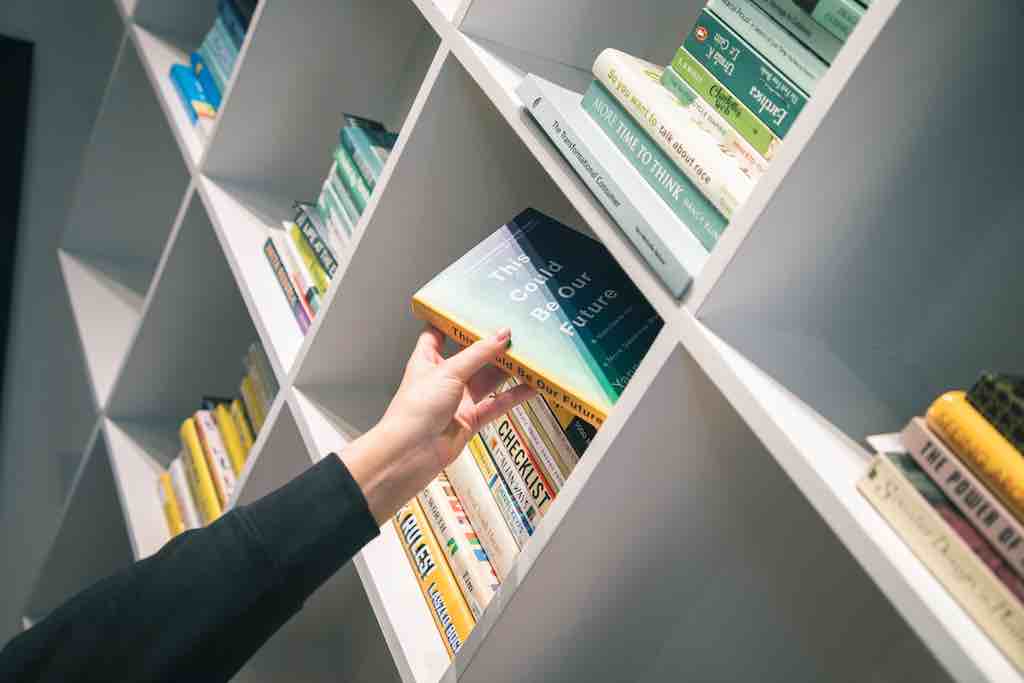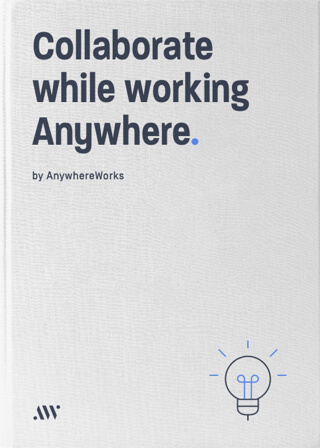Working Anywhere can open up businesses to a world of possibility. It can revitalise the way a company operates, with a more efficient and energised workforce. In fact, a study by Forbes found 66% of managers reported an increase in productivity when employees began working Anywhere.
Of course, flexible working comes with unique responsibilities for businesses and individuals. Leaders need to educate their team in the best practices for working from home. Team members need a reliable internet connection, a suitable work device and robust communication tools to collaborate with colleagues.
But it’s just as important to consider self-motivation and inspiration. A Buffer survey revealed 78% of telecommuters work primarily from home. That means optimising personal workspace should be a top priority. And several key design elements have proven to encourage inspiration and increase team engagement.
So how do companies encourage members to create their own vibrant, efficient home workspace? More importantly, how does the focus on clean, healthy design inspire people to achieve?
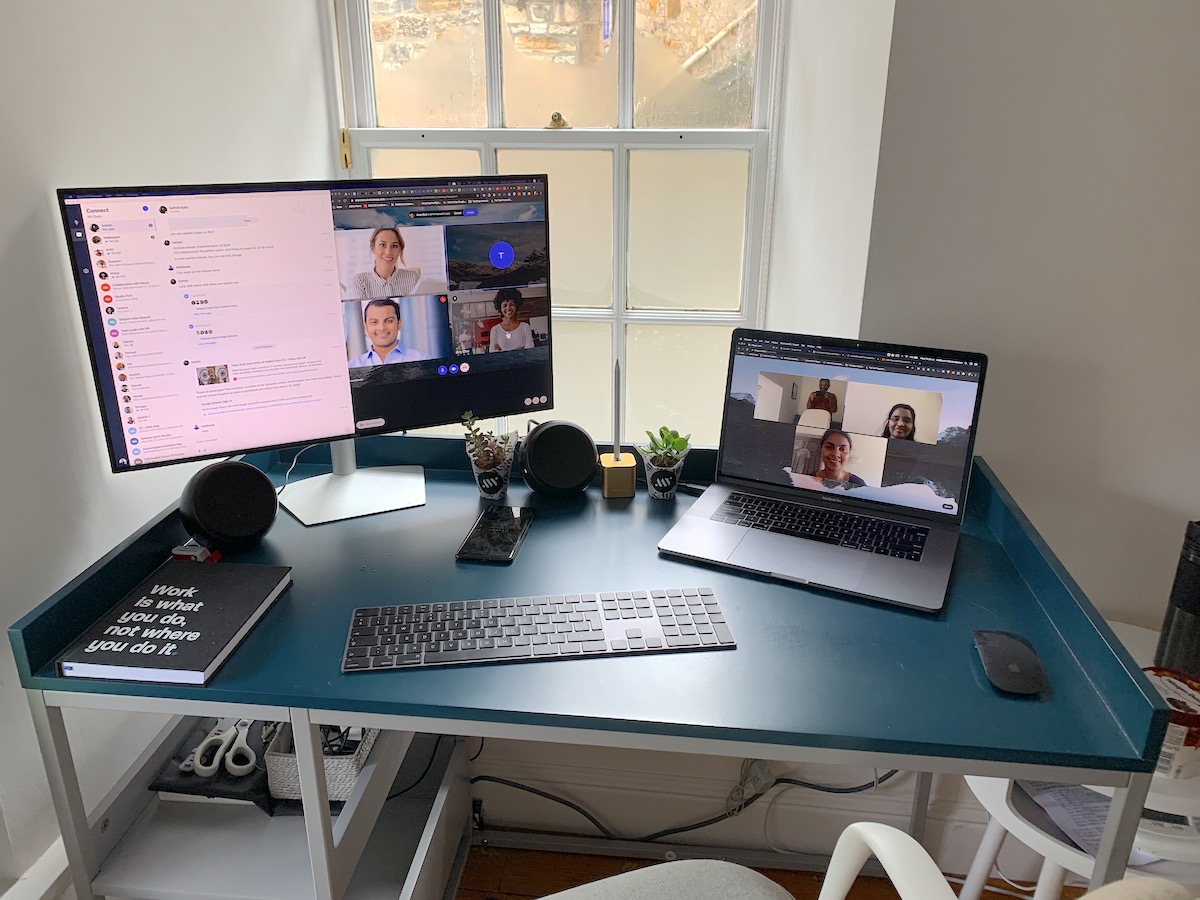
MAXIMISE COMFORT TO OPTIMISE PRODUCTIVITY
It’s no secret that comfort is essential to optimising performance. How you position your desk, chair and device can have a major impact on the way you work. In a traditional office environment, customising the layout of your personal space isn’t always possible. In fact, according to a 2017 Office Genie survey of office workers, 20% of workers felt their workplace environment hindered them from doing their job.
Fashionable furniture may be nice, but ergonomic design is essential. For leaders of teams working Anywhere, that means providing people with the right resources. Offer information on the best practices for device and furniture positioning. By encouraging everyone to resolve minor layout issues in the design phase, you can help them maintain their health in the long-term.
Adeline Graham, AnywhereWorks Branding Director and the creative force behind the AnywhereWorks Edinburgh Hub, suggests: “Try to create different options within the same space to sit and work. If you can switch between a raised desk, sitting desk, and a sofa area, that’s great. It’s important to mix it up and see what is most comfortable for you.”
The research backs this up. A study by the Applied Cognitive Psychology Journal discovered that a change in environment improves memory retention and problem-solving.
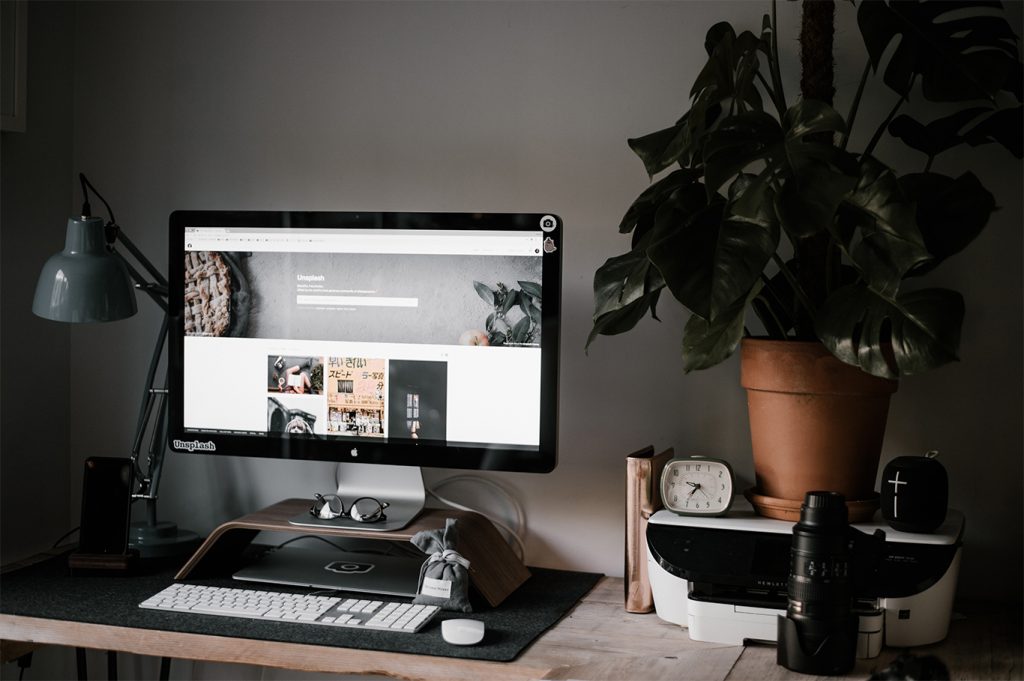
FIND THE BEST LIGHTING
Working in an area with poor visibility can contribute to vision problems, exhaustion, and irritability. According to a study by Scientific American, poor lighting can even lead to depression. Not only does that affect team performance, but it also prevents people enjoying time outside of work.
A study by the Department of Design and Environmental Analysis at Cornell found that employees seated within 10 feet of a window reported an 84% decrease in eyestrain, headaches, and blurred vision symptoms. Those unable to work by a source of natural light should keep their home office space well lit with ‘natural’ white light bulbs.
Lighting is just one aspect of a healthy, efficient workspace. According to a study by Carnegie Mellon University, the colour red decreases performance on IQ tests and increases anxiety in comparison to other colours.
Likewise, a study by the University of British Columbia revealed that exposure to the colour blue can improve productivity. The colour green, meanwhile, encourages relaxation and rational thinking, according to a study in the Journal of Environmental Psychology.
Everyone responds differently to external stimuli and not everyone can continually repaint their workspace. Instead, try experimenting with different hues in your home office. Finding the balance between good visibility and a calming atmosphere takes time. The benefits to health and wellbeing, however, are priceless.

OPTIMISE SPACE TO DECLUTTER YOUR MIND
A study by researchers from Princeton University found that clutter limits your brain’s ability to process information. Your team can avoid the stress of constantly searching for things by removing all unnecessary items from their home workspace. The study also found that designating specific areas for different items optimises work time and improves productivity.
As Fraser Sutherland, Product Manager at Storage Vault said, “No one works better in mess. Surrounding yourself with reams of files, stacks of archive boxes and rows of half-drunk coffees does absolutely nothing but suck the energy out of you.”
As a team leader, it’s your responsibility to educate, not dictate, on the best practices. That means encouraging the sharing of knowledge between team members. Consider creating a digital space dedicated to sharing tips and photos on how to layout a home office. This provides insight into how different team members work. In turn, this creates conversations and encourages bonding between distributed team members.
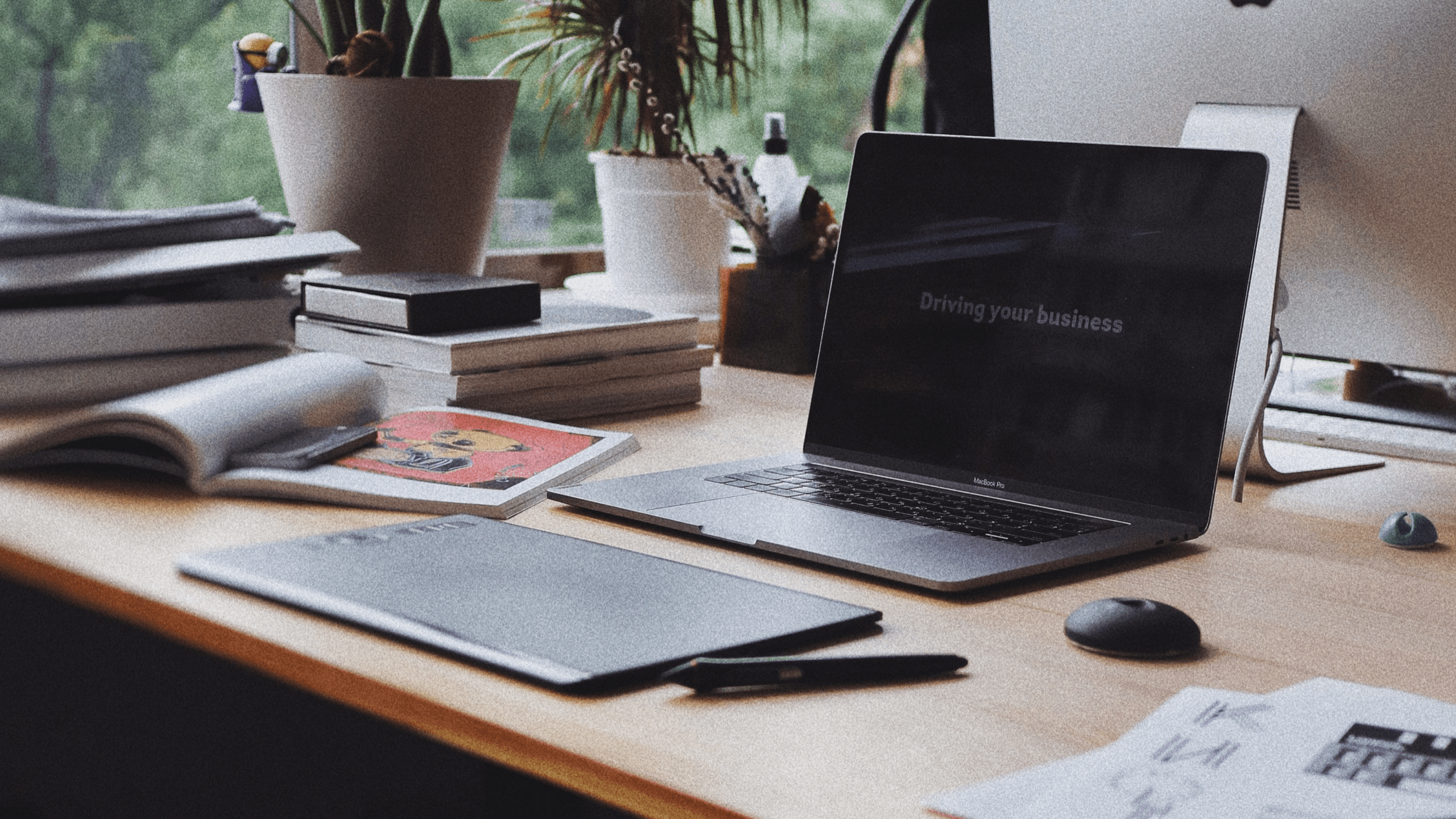
The easiest way to improve your team’s ability to collaborate when you’re working Anywhere is by using the right tools.

